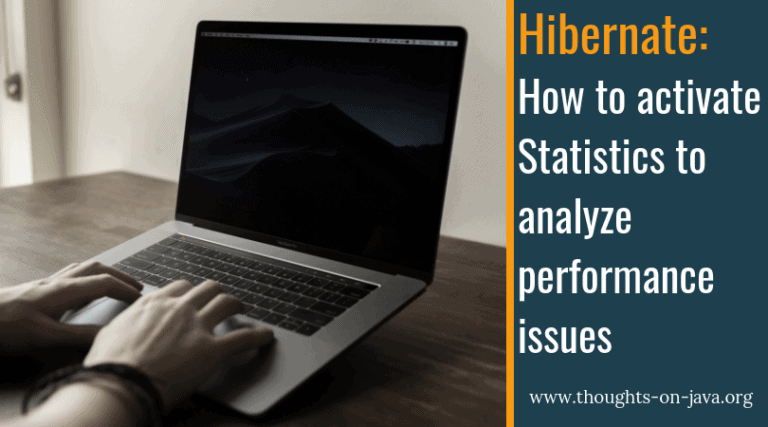Result Set Mapping: The Basics
Quite often JPQL is not powerful enough to perform the queries we need in real world projects. In general, this is not an issue because JPA is designed as a leaky abstraction and we can use the full potential of SQL by using native queries or calling stored procedures. The only downside is, that these…





